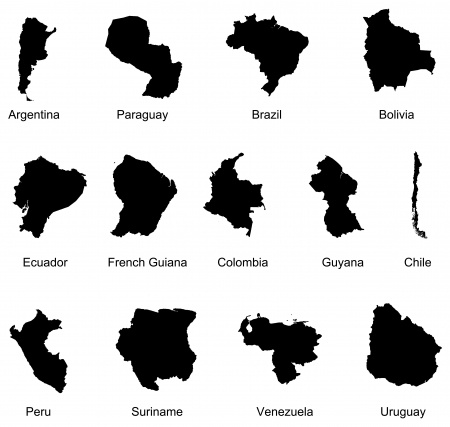
LatAm IMPACT: Market Research & The Inter-American Development Bank (IDB)
This institution supports the efforts done by Latin American countries to reduce poverty and inequality. It was established in 1959 and since then, it has been achieving measurable results such as increased integrity, transparency and accountability within the region. Its shareholders are 48 member countries, including 26 from Latin America that control a major portion of the ownership. There is also a program called Fund for Special Opertions (FSO) that provides financing to the most vulnerable member countries of the region.
Due to its shareholder base and prudent management, the IDB is able to borrow in international markets at a competitive rates and transfer the benefits to its Latin American clients.
Despite of being a bank, they also provide:
- Grants
- Technical Assistance
- Research
In terms of research, we would like to share 2 outstanding publications that tag perfectly the transportation and healthcare sectors within the region:
This study assesses the role of domestic transport costs “factory to port” in shaping the level and diversification of countries’ overall and subnational exports. All the data from the 5 biggest countries in the region (Brazil, Chile, Colombia, Mexico and Peru) is included.
Comparative Review of Health System in Selected Countries in Latin America
This technical note presents a comparative analysis of Latin America’s fragmented health systems. It provides a detailed account of health system fragmentation along six dimensions, described below:
– Organizations: Number of different organizations offering financing coverage or insurance to a significant portion of the population (at least 5%).
– Risk Pooling: Presence of mechanisms that pool or share health financing across population sub-groups and/or across financing organizations (e.g., payroll tax revenue used for workers’ insurance and to help fund coverage for the informal sector).
– Eligibility: Number of different eligibility categories for beneficiaries (if different from number of financing organizations).
– Benefits: Number of different benefits packages offered by these organizations (overall and average by type of organization).
– Premiums: Number of different contributions or premium levels offered by these organizations (overall and average by type of
organization).
– Payments: Number of different payers and payment mechanisms for major provider types.
